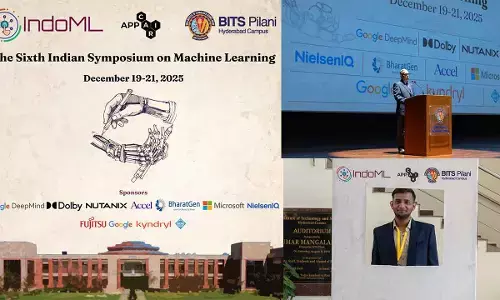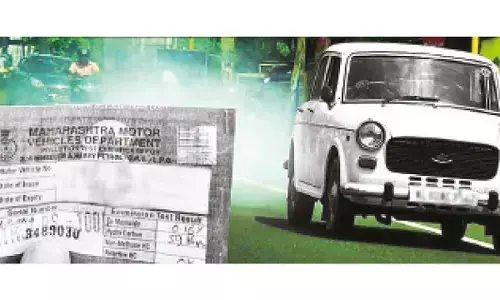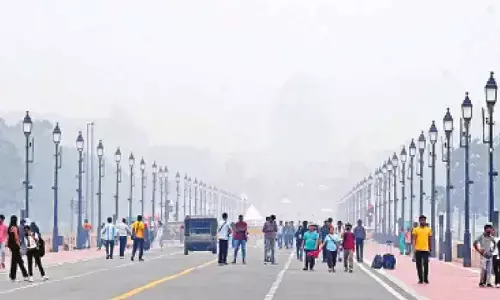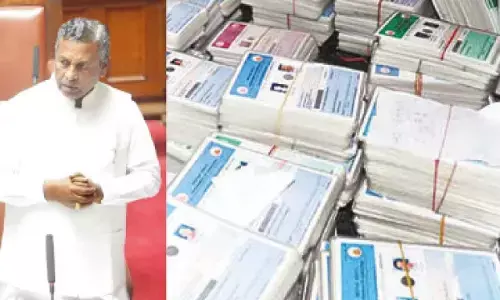How to clean India and keep it that way
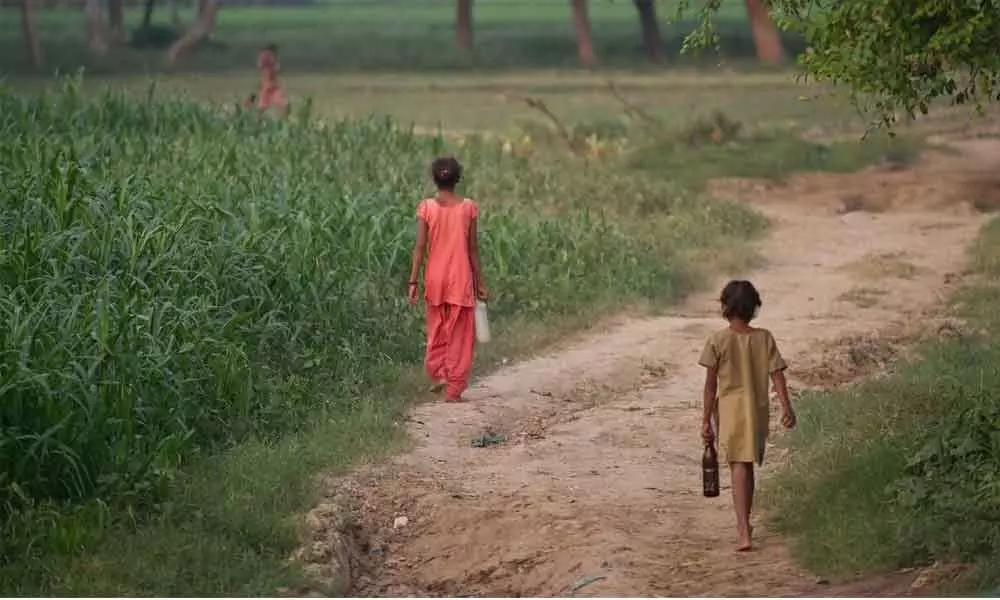
India was declared open-defecation free (ODF) on October 2, 2019, but you won’t have to struggle too much to find people carrying a bottle of water or a lota (pot) in the morning hours, trying to find a place to relieve themselves preferably behind the bushes.
India was declared open-defecation free (ODF) on October 2, 2019, but you won't have to struggle too much to find people carrying a bottle of water or a lota (pot) in the morning hours, trying to find a place to relieve themselves preferably behind the bushes.
Forget that, men have a habit of pulling down their zippers beside every isolated wall, whenever they have the urge to urinate. So, whether India is ODF or not is more of a behavioural issue than one of infrastructure.
Under the Swachh Bharat Mission (SBM), 100 million toilets were built in about 600,000 villages, and another 6.3 million in cities in the last four years. This is a remarkable achievement for India and a milestone in its developmental journey.
But now the government has to overcome the twin challenges of a) Getting people to the toilet and b) Safe disposal of the excreta collected in these toilets.
Without a doubt, SBM has sensitised a large section of India's population about sanitation issues in the context of open defecation.
Gender equality has got a boost due to the increased enrolment ratio of girls in schools and improved health standards.
However, something that has complicated issues is the manner in which the entire process of making towns ODF has been carried out. One of the questions to be asked here is, how many of the toilets provided in schools are functional.
Despite the construction of toilets and a notable fall in open defecation, there are people in rural as well as urban areas who prefer to defecate in the open.
Some have even shifted back to the old practice of open defecation. Why is it that people are defecating and urinating in the open, despite a considerable access to toilet?
Why are people not using available toilets?
Inappropriate toilet design, lack of facilities and poor maintenance: We may have got our numbers right, but toilets are often not designed for vulnerable groups like children, women and the disabled. These toilets lack basic facilities like water supply, electricity and a functional flushing system.
Even if the toilet has these facilities, there are maintenance issues which may lead to overflowing toilets and bad odour. Many times, the toilets have the same entry for both men and women, which can be a cause of concern to women. They also complain if there is a common male operator for both the wings.
Out of behaviour: People who are habituated to defecating in the open, find it difficult to do it in closed rooms. They also feel that there is no need to defecate on the premises of the household when one has the option of going behind the bushes.
Basically, anything related to excreta is considered a taboo. So, no matter how good a facility one may get, out-of-habit people prefer defecating in the open. Not to forget, people who have the tendency to destroy any facility provided by the government. Hence, many toilets suffer manhandling and become unusable.
Even in the big cities, where public toilets are available, people still prefer open urination near bus stands, foot over bridge, empty spots, etc.
Can we declare ourselves ODF, without managing the collected excreta?
Improper regulation on the construction of suggested technologies: In the absence of proper sewerage systems in most cities, the toilets are supposed to be connected to some kind of onsite sanitation systems (OSS), which are supposed to store and treat/semi-treat the collected excreta.
SBM recommended four types of OSS, namely septic tanks, pit latrines, bio-digesters and bio-toilets. However, many anomalies were encountered in the way these were constructed such as poor design, build and maintenance which only added to the burden.
Instances were found where the twin pits were connected with each other, defeating the whole purpose of twin pits. On another occasion, it was found that the minimal depth was provided in the pits, which forced the user to not to use the toilet fearing frequent filling of the pits.
Moreover, the unlined structures like pit latrines and septic tanks, followed by soak pits were also constructed in areas with high ground water table (areas along the river/water bodies), polluting the groundwater, and causing health hazards.
Safe disposal of faecal sludge and effluent
These OSS generally produce two kinds of by-products:
1) Faecal sludge, the semi-solid material that requires regular desludging, at least once in two-three years.
2) Effluent/Supernatant which is the semi-treated liquid component that should ideally infiltrate into the ground through a soak-pit or undergo further treatment.
The faecal sludge is 80 to 100 times more concentrated than domestic sewage. For example, one truck load of 5,000 litres of faecal sludge has the same potential of pollution as 10, 00,000 litres of sewage.
In absence of any dedicated disposal sites, this faecal sludge often gets dumped in open plots/drains/fields etc polluting the environment. The desludging machines, which suck faecal sludge from septic tanks, should ideally take them to a faecal sludge treatment plant or a sewage treatment plant.
This is the reason why India requires effective faecal sludge and septage management, which involves safe containment, emptying, transport, treatment and end use of treated faecal sludge.
Thus, while the containment of human waste will be largely achieved, its safe disposal still poses a huge challenge.
Still, there is a long way to go for sustainable sanitation for all. The behaviour is too deep- rooted and the infrastructure too dismal. While declaring ODF looks good on paper, the real battle to clean India has only started.
(Courtesy: Down To Earth)









